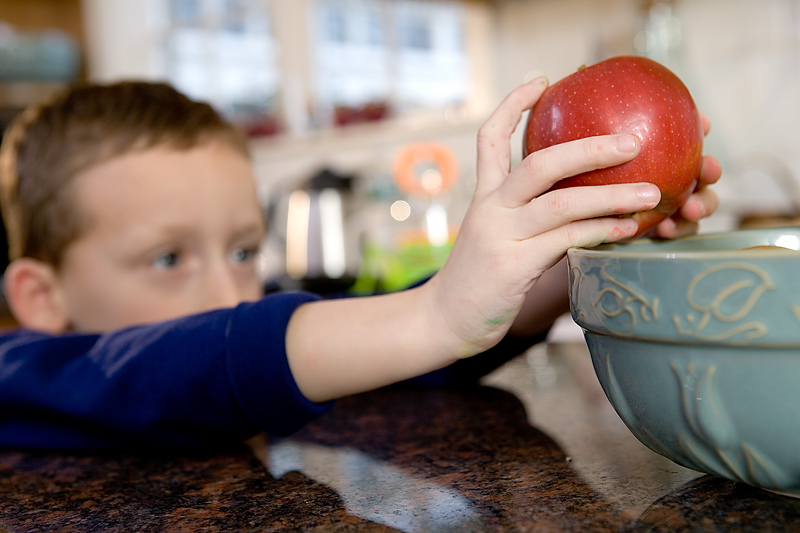
FRIDAY, May 10 (HealthDay News) — When teens start dating, parents’ worries grow — and experts say that dating violence should be on their list of concerns.
“Dating violence happens, and it’s more common than we think,” said Dr. Yolanda Evans, an assistant professor of pediatrics in the division of adolescent medicine at Seattle Children’s Hospital. “We need to talk to teens about it.”
Nearly 10 percent of teenagers experience some form of violence in their dating relationships, according to the U.S. Centers for Disease Control and Prevention.
Dating violence encompasses physical, emotional and sexual abuse, the CDC notes. Physical acts include such things as hitting, shoving, pinching and kicking Emotional abuse could be threatening a dating partner or harming the person’s self-worth by bullying, shaming, name-calling or isolating him or her from friends and family. Sexual abuse involves forcing someone into sexual activity that he or she doesn’t want to participate in and includes sexual activity teens can’t consent to because they’ve been drugged.
Beyond the immediate effects of violent relationships, longer-range impacts loom. A study in the January issue of Pediatrics found that teens who had experienced dating violence were more likely to binge drink, smoke, have depression symptoms, think about suicide and experience additional intimate partner violence than were their peers who’d never experienced dating violence.
Teens who’ve been abused by their boyfriend or girlfriend are also more likely to do poorly at school, to experiment with drugs and to have an eating disorder, according to the CDC. Those abused in high school are more apt to be abused in college as well.
Often, though, abusive behavior starts with teasing and name-calling, which teens may see as a normal part of a relationship but which, according to the CDC, can lead to more serious violence, such as hitting or rape.
Nancy Diaz, a domestic violence consultant who has provided services to Outreach in New York City, said that when she explains verbal abuse to teens, many think it’s just normal conversation. Often their own mothers, who may be young, have spoken to them in just that way. “It’s the cycle of violence,” Diaz said.
If a teen girl slaps a teen boy, the boy often says it’s not abuse because it doesn’t hurt, but Diaz explains that it is. She said that some gangs initiate girls by forcing them to have sex with all of the gang’s members. “That’s rape, but the girls don’t think of it as rape,” Diaz said.
For parents, protection starts with knowing the person their teen is dating. “Invite them in, or offer to drive them somewhere,” Evans said. “Just make sure you know who they’re connecting with.”
Discovering that abuse is occurring can be hard, but “watch out for social isolation, withdrawal from friends and activities,” Evans said. “Look for sores, bruises or scratches, and check out what they’re doing on social media like Facebook and Tumblr.”
Diaz said that a girl’s sudden change in the way she dresses also could be a sign of abuse. She might be covering hickeys, or her boyfriend might want her to dress differently so that she doesn’t attract other boys.
“Are they home earlier? Constantly texting?” Diaz asked. “I’ve heard of a boyfriend who wanted his girlfriend to have the webcam on her computer on all the time so he could see what she was doing. That’s stalking.”
Both experts recommend being upfront with your kids, but not confrontational. “Say, ‘I’ve noticed that you’re home a lot more. How is John treating you?'” suggested Diaz. “Have a conversation and try not to judge. Let your teen know that they can come and talk to you no matter what.”
And Evans stressed the importance of keeping communication lines open. “The more you talk to your teen and are open with them, they’ll know it’s OK to come to you,” she said. “Tell them if they ever want to talk, you’re always there for them. And, let them know if they want to talk to other adults in their life, that’s OK, too.”
Whether a teen’s school can help, however, may not be certain. Researchers reported in the August issue of Pediatrics that more than 80 percent of U.S. schools had no protocol for helping teens who were experiencing dating violence. Still, 61 percent of school counselors said that teens had approached them for advice about dating violence.
More information
Break the Cycle has more about teen dating violence.
For more on teen dating violence, read about one young woman’s experiences in a same-sex relationship.

